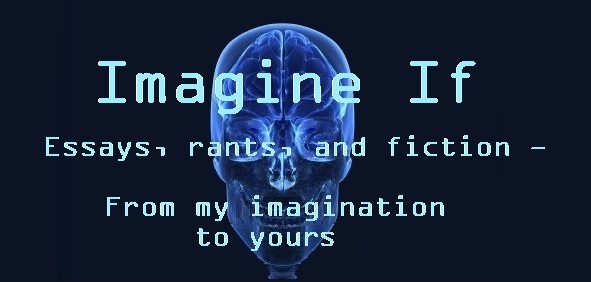Past and Future seem infinite, stretching further in all temporal directions than we can even understand. What we do know is that the past is unchangable and the future unknowable. What do we know of the present? The present could be an infinitely thin divide between past and future. But is it possible everything we sense and experience, that every thought and decision, each joy and pain occur in that nano-second thick membrane of living time? Or is there more to the present? How wide is now?
Research into human reaction time shows humans can sometimes react to stimulus even before that stimulus occurs. Deja-vu is a common occurance, usually attributed to imbalanced perceptions within the brain. They could also be evidence of precognition. Do we have the ability to see the future, and is this a clue to the present?
In a recent experiment at Cornell University, a thousand students over 8 years were "briefly shown a word list and then asked to recall as many as they could. Later, they were asked to copy a list of words randomly selected from the same list by a computer. The surprising result of this experiment was that in the recall section of the experiment the subjects recalled at a significantly higher rate words they were later asked to type, even though they had no way of knowing which words would be on the list."
It seems as though these students were sensing future events, something usually regarded as impossible. With this in mind, let us consider the width of the present. If anyone can see the future, this shows that part of the future is somehow set, or at least soft-gelled, before we experience it. In other words, our thin membrane of the present seems to be preceeded by a wider zone of 'almost now.' The implication is that everyone can see a tiny, blurry distance beyond what we know as the present. The present may have width.
The past is unchangable, frozen in place. The future is a liquid, swirling chaos, completely unpredictable. The present is between them, changing chaos to order slowly but surely. We sense the flow, ride the wave as long as we live. It seems quite logical we could benefit from 'seeing' ahead, at least a little bit.
But too far would be useless, or worse. Everyone would change their present actions to avoid bad events and cause good events, which would cause further chaos and change. Clearly the benefit comes from a very brief look forward, just enough to jerk your hand away from a hot oven before getting burned or give you a feeling of slowed time by allowing each of us to see more of the 'almost now' during a crisis. This also gives us a new perception of old saws like "go with your gut" or "your first choice is your best choice."
So for most of us, now is just a few seconds wide. Predicting the future further than that almost always fails - almost. Love at first sight and premonitions of disaster are, I contend, rare examples of seeing further ahead than usual. Thus the chaotic future seems to start forming the present as much as a week or two ahead of our normal perceptions; we just can't usually see that far forward into the murky Jello of 'almost now.'
With that settled, I am willing to predict the future. You, oh kindly reader, are confused and wondering what kind of nut writes stuff like this.
That nut would be me.

No comments:
Post a Comment